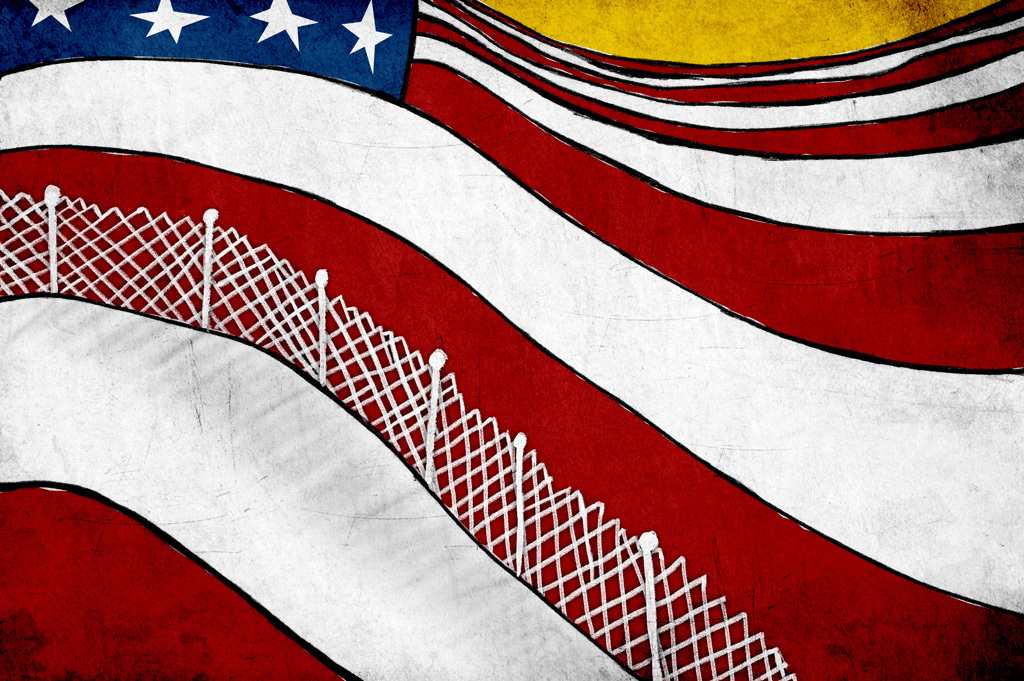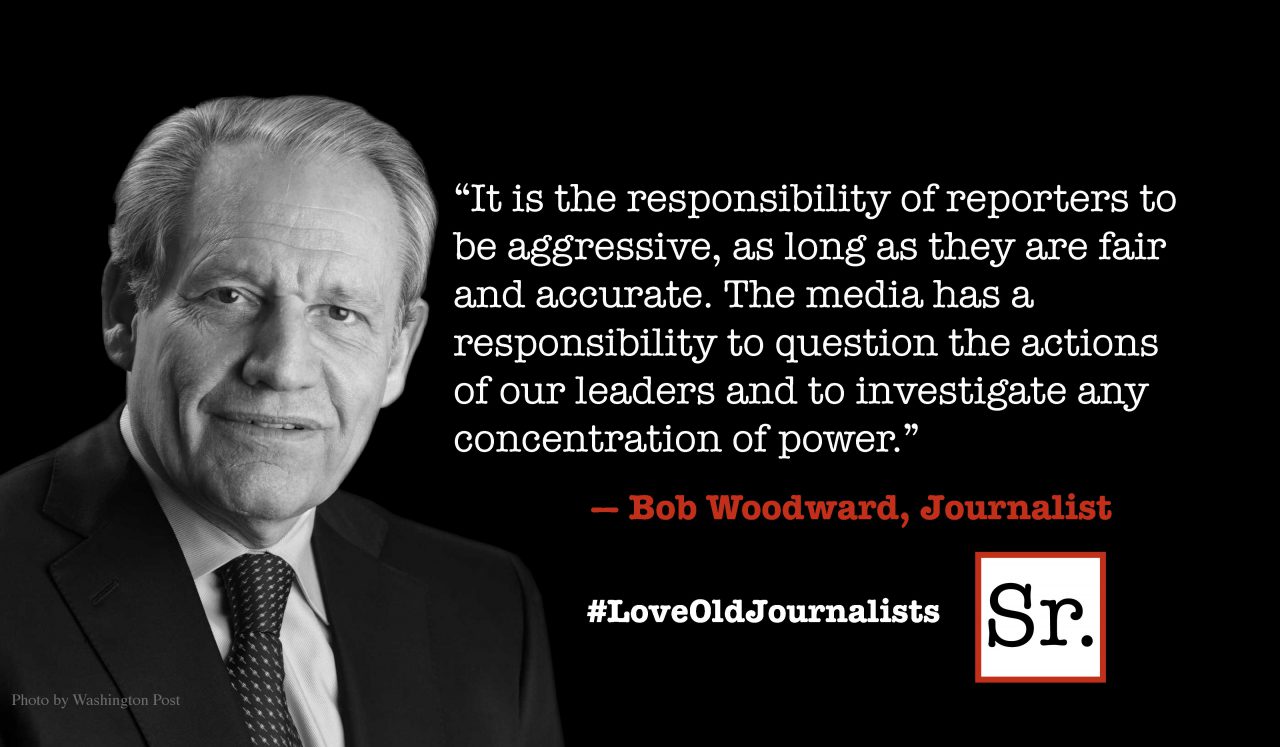What exactly is a “secure border?”
The answer to that question is in the eye of the beholder and lack of agreement on a definition has the potential to sink the latest attempt to fix America’s immigration system. In year after year of often acrimonious and emotional immigration debate, there has been agreement on one point only: the system is broken.
Another attempt to fix it has gained momentum since President Barack Obama won another term in office and declared immigration reform a top priority. A bipartisan group of senators, nicknamed the Gang of Eight, has been busy drafting legislation to bring an estimated 11 million illegal immigrants out of the shadows and put them on track for legal status and eventual citizenship.
Obama has expressed optimism that the Gang of Eight will manage to produce a draft bill in April and he’ll sign immigration reform into law before autumn. But among the problems yet to be solved is a Republican demand that the government first make the border secure – and provide evidence that it is – before taking steps to legalize the undocumented millions. But no-one has yet come up with a definition of “secure border” or a quantitative measurement of border security.
Numbers help explain how difficult, if not impossible, either is: The United States has 7,500 miles of land borders (with Mexico and Canada) and 12,300 miles of shoreline. The 2,000-mile U.S.-Mexico border is the world’s busiest, with about 350 million legal crossings per year. Does “secure” mean making illegal crossings impossible?
Under the letter of a 2006 law, the Secure Fence Act, that was the goal Congress set for U.S. Customs and Border Protection. Legislators decreed that border authorities must establish “operational control” and defined that as follows: “The prevention of all unlawful entries into the United States, including entries by terrorists, other unlawful aliens, instruments of terrorism, narcotics and other contrabands.” Note the word “all.” It’s a worthy goal but no border in history has been impenetrable, not the Great Wall of China, at around 5,500 miles the longest wall ever built, not the Berlin Wall, not the Iron Curtain with its walls, fences, minefields and watch towers manned by guards with shoot-to-kill orders.
The Department of Homeland Security, in 2010, dropped “operational control” as a measure of security along the southern border. Since then, Republican lawmakers have urged the department to develop a quantitative measure of border security, a demand that brings to mind the color-coded terrorism warning system the Federal Bureau of Investigations introduced six months after the September 11, 2001, attacks on New York and Washington.
That system was also dropped in 2010, a tacit admission that while the color-codes had the ability to make citizens afraid, it did not tell them what they could do when the alert level changed to red.
In their discussions on what sort of link there should be between border security and immigration reform, the Gang of Eight have come up with the idea of a “trigger,” a metric showing that the border is tight enough to go ahead with other aspects of reform. The Obama administration objects to this linkage and Janet Napolitano, the Homeland Security Secretary, says the state of the border simply cannot be captured by one number. “If you are looking at border security, you are looking at a lot of different things.”
To hear administration officials tell it, the southern border has never been more secure. There are statistics to back that up. The number of Border Patrol agents has more than doubled in the past six years, the fleet of surveillance drones has grown from one in 2006 to 10 now, and the network of radar and camera towers has tripled, to around 300. Judging from the number of arrests, according to a study by the Pew Research Hispanic Center, illegal crossings are at a 40-year low.
In 2005, when she as governor of Arizona, Napolitano had a memorable comment on suggestions that border security could be achieved by building a wall along the entire length of the frontier: “You show me a 50-foot wall and I’ll show you a 51-foot ladder.”
That remark came to mind when four of the members of the Gang of Eight toured the Arizona-Mexico border in the last week of March. According to a tweet from one of the visiting senators, Arizona Republican John McCain, they witnessed a woman scaling the 18-foot fence that divides Nogales, Ariz. and Nogales, Mexico. She was promptly arrested by Border Patrol agents.
You can interpret the incident in two ways: 1) There’s no such thing as a totally secure border and 2) beefed-up border patrols result in more arrests.









